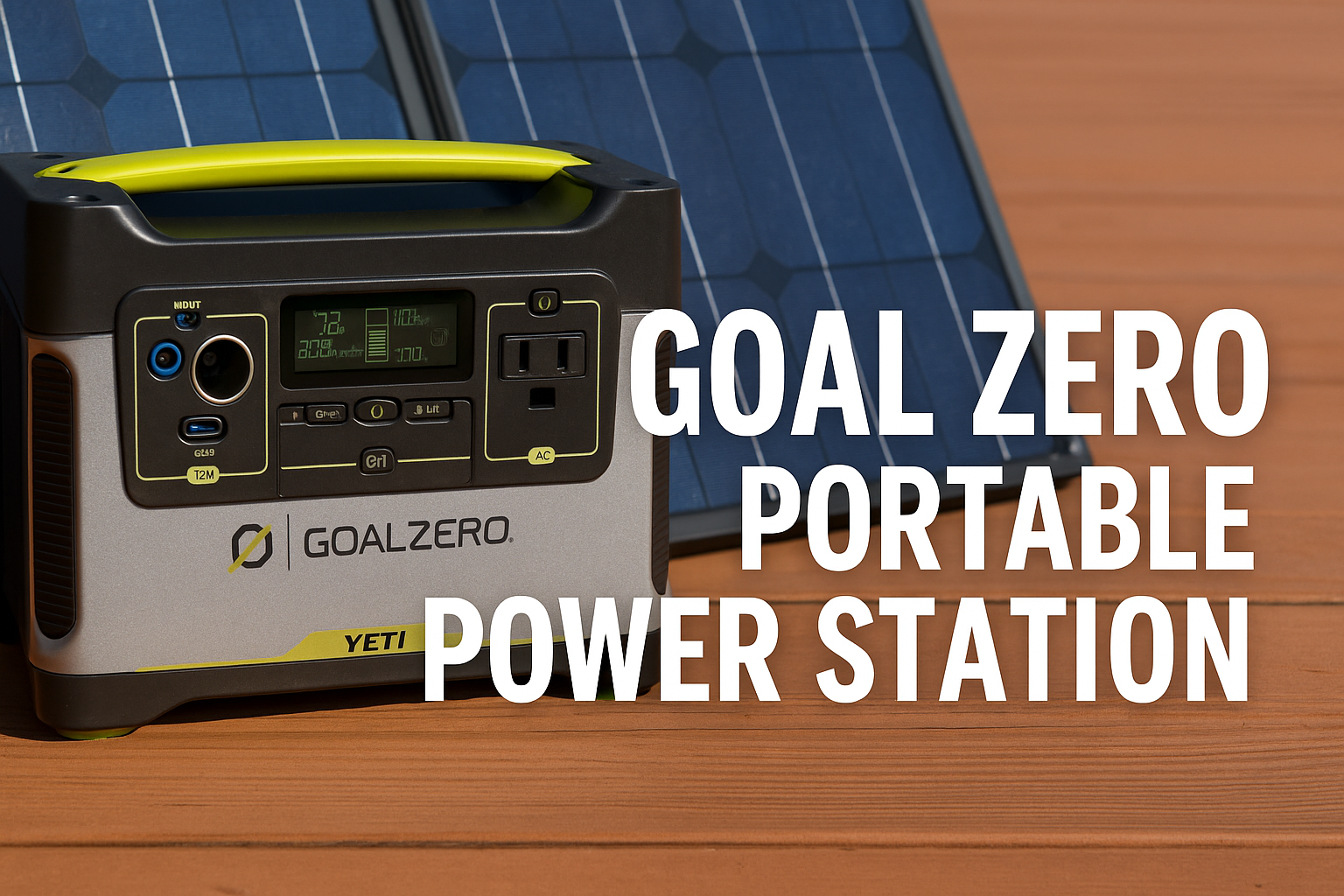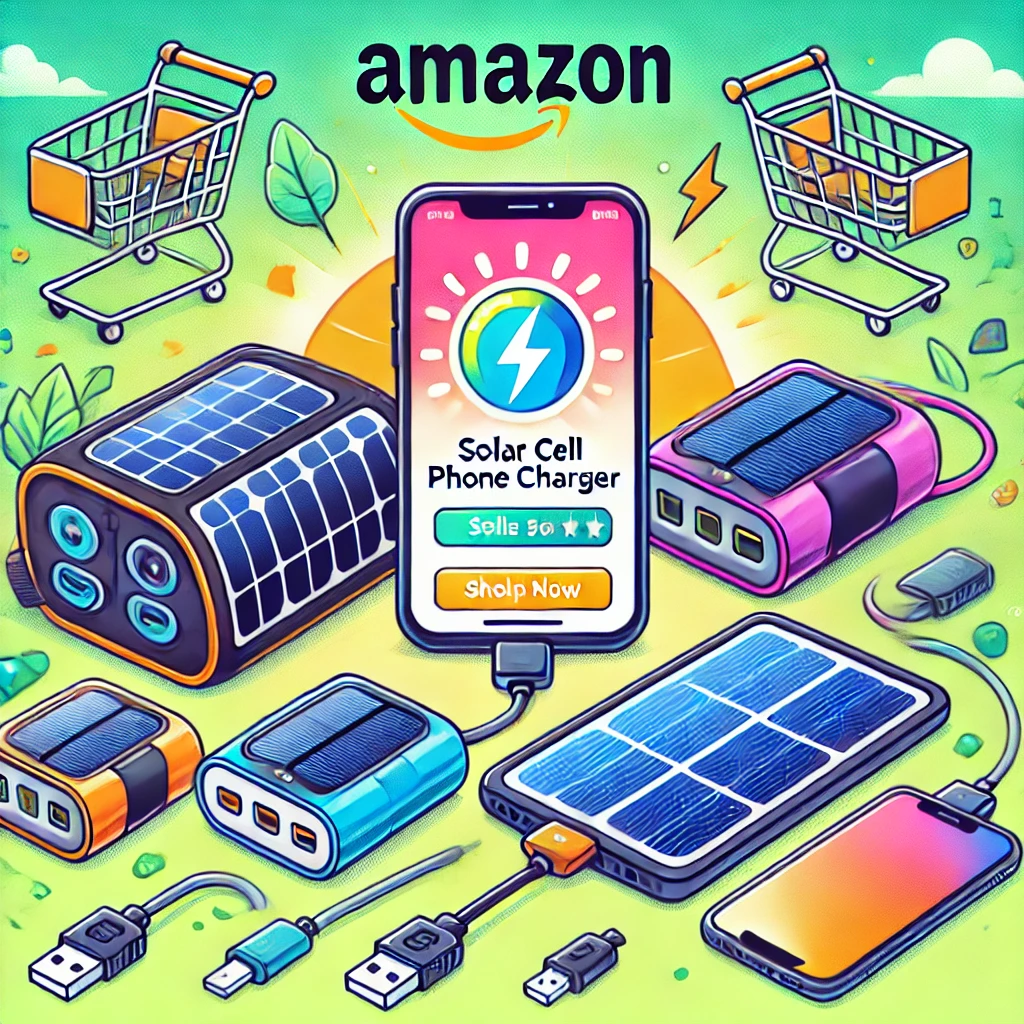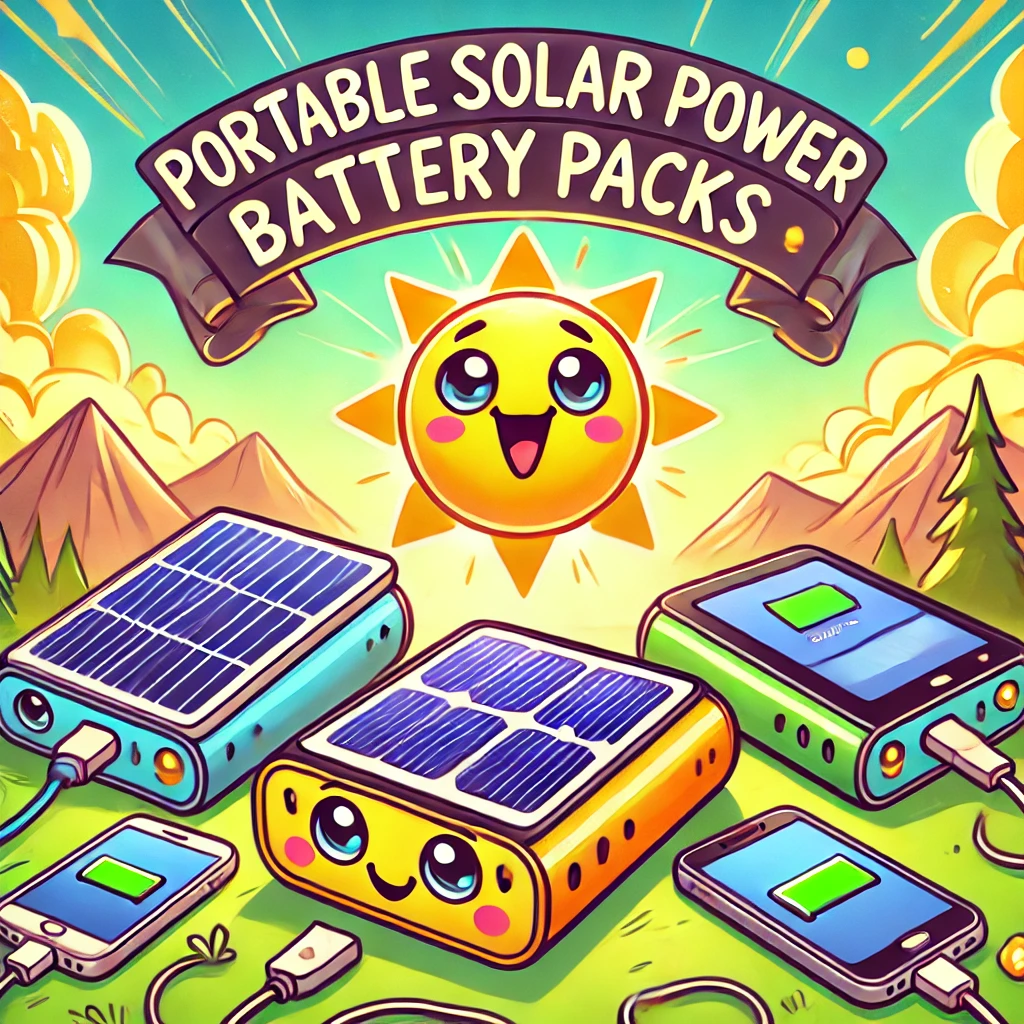As the need for reliable, renewable energy continues to rise—whether for off-grid adventures, emergency preparedness, or worksite support—the Goal Zero Yeti Portable Power Station line has emerged as a trusted staple. Known for its rugged durability, advanced battery technology, and user-friendly design, Goal Zero’s Yeti series delivers clean, quiet, and versatile power for a wide range of uses.
In this comprehensive guide, we’ll take a deep dive into the Yeti product family—focusing on standout models like the Yeti 500 and Yeti 400—and explore what makes them a favorite among campers, preppers, and professionals alike.
Brand Overview
Goal Zero, a brand under NRG Energy, has long been synonymous with portable solar solutions. Their Yeti line includes power stations with various capacities to suit different needs—from weekend camping to home backup during blackouts.
The Yeti units stand out for their commitment to renewable energy, often paired with solar panels for a clean and silent off-grid experience. They offer a wide selection of ports, intuitive interfaces, and are built to withstand harsh environments.
Popular Models: Yeti 500 & Yeti 400
Let’s look at two of the most popular Yeti models for mid-range power needs:
Yeti 500
- Battery: 499Wh LiFePO4 (Lithium Iron Phosphate)
- Lifespan: 4000+ charge cycles
- Output: 500W continuous, 1000W surge
- Charging: 0–100% in ~90 minutes
- Weight: 17 lbs
- Ports: 2 AC outlets, USB, car port, solar input
- Durability: IPX4 water resistant, dustproof, rugged housing
Yeti 400
- Battery: 396Wh sealed AGM lead-acid (upgradeable to lithium)
- Output: 300W continuous, 600W surge
- Charging: 7 hours via AC (varies with solar)
- Weight: ~29 lbs
- Ports: 2 AC, 2 USB, 12V car port, 6mm outputs
- Special Feature: Chainable and user-replaceable battery
Build & Design
Yeti power stations are known for their premium construction. With solid ABS plastic casings and rugged corners, they are built to withstand outdoor use. The Yeti 500, in particular, is both compact and highly durable, passing UL2743 requirements and offering superior protection against dust and water.
Rubberized feet ensure stability on uneven terrain, and top-mounted handles make carrying easy. The front control panel is cleanly laid out with a high-visibility digital screen, giving real-time updates on input/output and battery status.
Battery Chemistry
The Yeti 500’s LiFePO4 chemistry sets a high bar:
- Safer, longer-lasting, and capable of 4000+ full charge cycles
- Retains >80% capacity after 10 years of daily use
The Yeti 400 uses a sealed AGM lead-acid battery by default, which is:
- Affordable, safe, but heavier and less efficient
- User-upgradable to lithium for better longevity and portability
Output Ports & Connectivity
Both models offer a variety of output ports:
Yeti 500
- 2 × AC outlets
- 1 × car outlet (12V)
- 2 × USB-A
- 1 × USB-C (on newer versions)
Yeti 400
- 2 × AC outlets
- 2 × USB ports
- 1 × 12V car port
- 2 × 6mm 12V outputs
These ports support smartphones, laptops, cameras, portable fridges, medical devices, LED lights, drones, and more. The Yeti 500’s sine wave AC output makes it safe for sensitive electronics.
Solar Integration
Both models can be paired with Goal Zero solar panels to create a complete off-grid solar generator system.
The Yeti 500 supports fast charging (0 to 100% in about 90 minutes) thanks to an upgraded high-speed charge mode.
The Yeti 400 typically takes longer—up to 7 hours via AC, depending on battery type—but offers flexibility with solar input for continuous charging in the field.
Display & Monitoring
Yeti models feature intuitive LCD displays that show:
- Input and output wattage
- Battery charge level in percentage and time remaining
- Charging source and port status
These real-time insights help users optimize usage and conserve power. Some newer Yeti models also support app-based monitoring and control, though not all versions of the 400 or 500 include this feature.
Real-World Use Cases
1. Camping & Overlanding
- Power LED lights, charge phones, or run portable fridges
- Quiet and safe for tent use
2. Emergency Backup at Home
- Keep your modem, laptop, or medical device running during blackouts
- Use with solar to stay powered indefinitely
3. Jobsite Power
- Run small tools or keep battery banks charged
- Durable enough for rough handling
4. Tailgating & Events
- Run a pellet grill, music speakers, or lights
Safety & Protection
Both units come with robust safety protections including:
- Overcharge protection
- Short-circuit protection
- Surge control
- Thermal regulation for temperature extremes
These features ensure your devices and the power station itself remain safe in operation.
Comparison Table
| Feature | Yeti 500 | Yeti 400 |
|---|---|---|
| Battery Type | LiFePO4 (Lithium Iron Phosphate) | Sealed AGM (Upgradeable) |
| Capacity | 499 Wh | 396 Wh |
| Weight | 17 lbs | 29 lbs |
| Charging Time (AC) | ~1.5 hours | ~7 hours |
| Solar Charging | Yes (via MPPT) | Yes |
| AC Outlets | 2 | 2 |
| USB Ports | 3+ (including USB-C on newer) | 2 |
| App Support | Select Models | No |
| Water Resistance | IPX4 | No |
Frequently Asked Questions (FAQs)
Q: Can I use the Yeti 500 indoors during power outages? A: Yes. It’s safe for indoor use, silent, and emits no fumes.
Q: How do I upgrade the Yeti 400 to a lithium battery? A: Goal Zero offers compatible lithium upgrade kits. The swap requires opening the unit and installing the new pack.
Q: Is the Yeti 500 compatible with non-Goal Zero solar panels? A: Yes, as long as the panel’s specs match the Yeti input requirements (usually 8mm or Anderson Powerpole connectors).
Q: Can the Yeti units charge and discharge at the same time? A: Yes, both support pass-through charging.
Final Verdict
For users looking for a well-built, solar-compatible power station that delivers reliable performance across a variety of use cases, the Goal Zero Yeti series is absolutely worth considering.
Choose the Yeti 500 for faster charging, better lifespan, and rugged portability. Opt for the Yeti 400 if you need an affordable, proven system with plenty of output options and the ability to upgrade later.
In either case, you’re investing in a power solution that balances environmental responsibility, functional design, and real-world performance.



